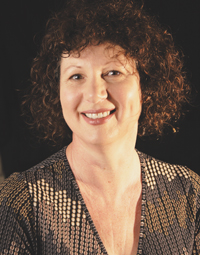- Jane Harrison1
- Secretariat of National Aboriginal and Islander Child Care Resource Service, Melbourne, VIC.
Correspondence: janeharrisonav@optusnet.com.au
Online responses are no longer available. Please refer to our instructions for authors page for more information.





